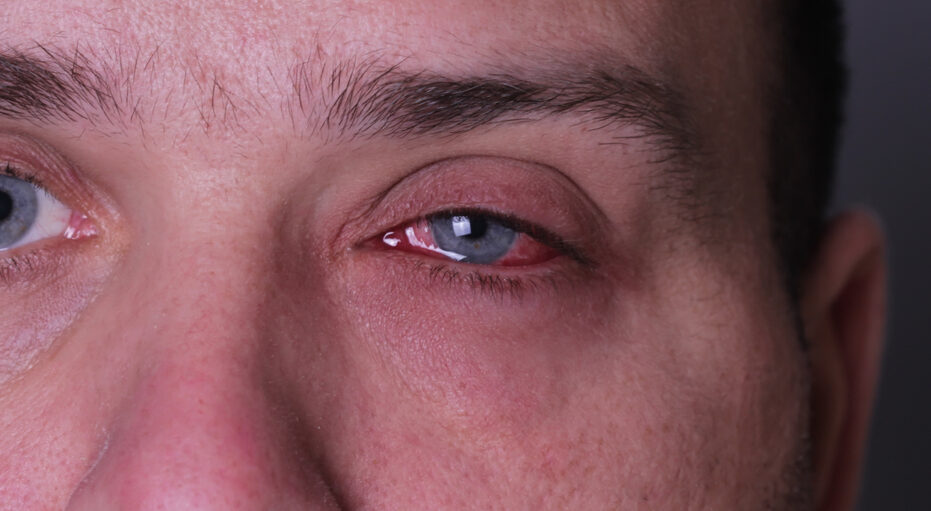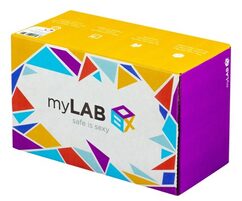STD Exposure

Could Your Symptoms Signal an STI
By Healthwriter
The CDC estimates that there are close to 20 million new STI infections each year in the United States. With sexually transmitted infections so prevalent, there is a real risk that if you have unprotected sex, you will contract one of these infections.
While STIs are often asymptomatic, they may trigger a wide range of symptoms, which go beyond genital itching, painful urination and an unusual discharge. It is easy to put some STI symptoms down to another cause, but if you do not practice safe sex, there is a chance that these signs indicate a sexually transmitted disease.
Here are five symptoms that you may not immediately associate with an STI but could well signal that you should seek STD testing.
1. Conjunctivitis
Often referred to as pink eye, conjunctivitis is an infection of the membranes lining your eyelids and covering the whites of your eyes. The conjunctiva takes on a pink color, your eyes produce a sticky discharge, you may experience blurred vision and your eyes may feel irritated.
Although a range of viruses and bacteria can cause conjunctivitis, the bacteria responsible for chlamydia and gonorrhea can sometimes infect the eyes if they come into contact with infectious genital secretions.
Testing
STD Tests
STD Testing at-Lab (Near Me)
STD Tests at-Home (Kits)
Fertility Tests
Women's Fertility Test at-Home
Health Tests
See All >>
Note: You can avoid Health Problems if your STI is Detected & Treated.
2. Flu-like Symptoms
If you have a fever, sore throat, muscle aches, a headache and tiredness, you may well have the flu or a flu-like illness. However, if you have recently had unprotected sex, there is a possibility that these flu-like symptoms relate to an STI. For instance, if chlamydia and gonorrhea infect the throat, you may experience a sore throat.
Meanwhile, following infection with genital herpes, it is common to have a temperature and feel achy. A fever and weakness are also indicators of hepatitis B, and flu-like symptoms can signal HIV and the second stage of syphilis.
3. Swollen Glands
Your lymph nodes, which are found in your neck, armpits and groin, can swell following an infection, so it is not surprising that STDs may trigger swollen glands.
Genital herpes, secondary syphilis and HIV can all cause your lymph nodes to swell, so if the swelling persists and you have taken risks during sexual activity, you should consider getting tested to rule out these sexually transmitted infections.
4. Diarrhea
Although loose stools may occur due to a reaction to food, a stomach bug or a digestive disorder, diarrhea is also common if you are infected with HIV. Chronic diarrhea is usually present during later stages of the infection, but even when newly infected with HIV you may experience watery motions.
If you have other symptoms indicative of early HIV infection, such as flu-like symptoms and swollen lymph nodes, it is sensible to take a blood test for HIV.
5. Skin Rash
There are many causes of skin rashes, but Genital Herpes produces characteristic blisters, which break open to leave painful sores that form scabs and heal within a few weeks. These blisters may appear around the
- Genitals,
- Thighs and Buttocks,
- Mouth if you take part in oral sex.
Meanwhile, Syphilis produces a painless skin lesion at the site of the initial infection and once this heals, you may notice that a skin rash appears.
This rash usually presents as red or brown patches on the palms and soles though can appear on any area of the body. If you notice an unusual rash on your skin, it makes sense to seek medical advice, so you can receive the right diagnosis.
Although conjunctivitis, flu-like symptoms, swollen glands, diarrhea and a skin rash are often caused by an infection other than an STI, it is important to consider any other symptoms you may have and whether you have taken part in risky sexual behavior.
Conclusion
If you have reason to believe you may have contracted an STD, it is always best to get tested. You may well receive the all clear, but with an early diagnosis of an STI, you can receive timely treatment and reduce your risk of lasting complications.
About the Author
She has a Master's Degree in Healthcare Science and a background in Clinical Nutrition.
Note: To receive Proper Treatment, Testing is Required.
About STD Symptoms
Some people can be Symptomless (No Symptoms) of infection for Days, Months & even Years. Making it difficult to know if you have an STD without Getting Tested.
STDs do have Similar Symptoms so it might be difficult to tell which Individual STD you have Contracted. That is why a Panel Test for Multiple STDs is Recommended.
Why Get Tested?
 Disclaimer: Articles not intended to Diagnose, Treat, Cure or Prevent Diseases.
Disclaimer: Articles not intended to Diagnose, Treat, Cure or Prevent Diseases.
Infections | Education | Products | Testing


